Introducing 100% RYE: Wheat-free, Fermented Rye Breads & Treats
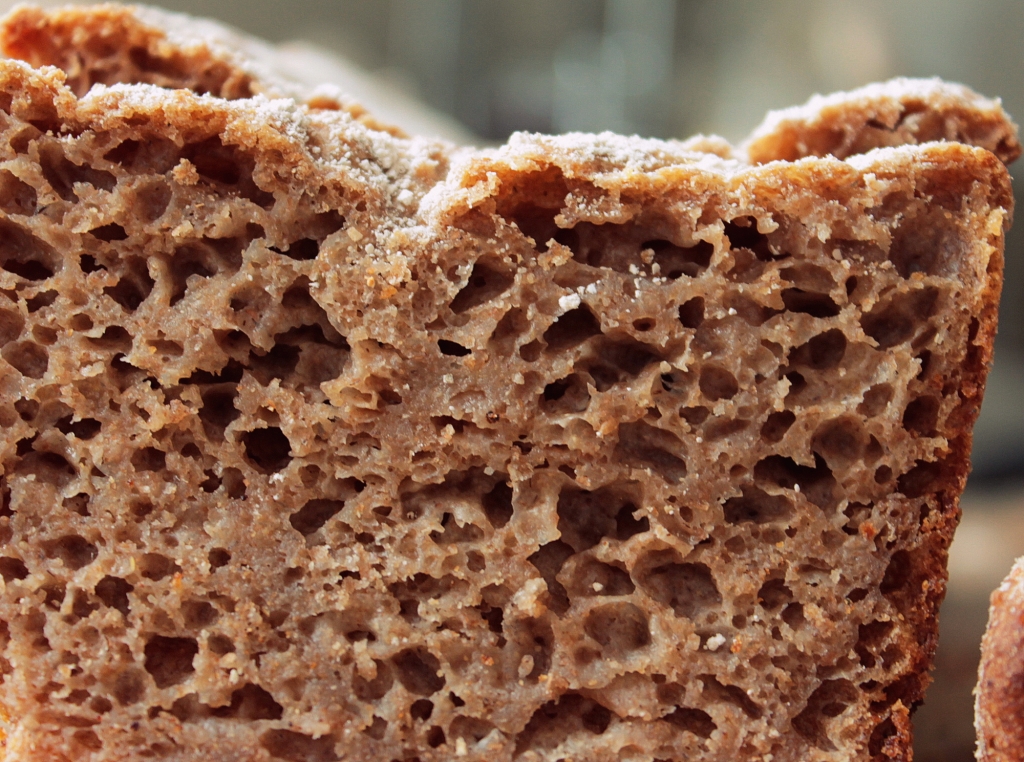
I never know what to say in situations like this. “Hey, I wrote a cookbook!” sounds a bit highfalutin or terse or simply not long-winded enough to be a part of my usual modus operandi.
(Boy, I’m socially awkward. If you want to just get on with buying the cookbook you can skip ahead to this enthusiastic site Stewart created while basking in the glow of the seemingly never-ending rye sourdough breads and treats I was testing.)
How about a story?
It was not long after we moved off-grid that I purchased my first 50 pound bag of rye flour. When we made that trek across the country some of the few items that we did hold onto were the buckets full of beans, oats, and spelt. With plenty of physical labor to be done, a growing family, and a baby on the way; it wasn’t long before the spelt – our favorite bread grain – was nearly used up.
So I searched around online for a source of spelt flour and was shocked at the prices. Apparently those 50 pound bags I had been buying from our food coop were a good deal. I dug around a bit and found organic rye flour to be half the price. I hadn’t done much in the way of rye baking but I figured for that kind of savings, why not give it a go?
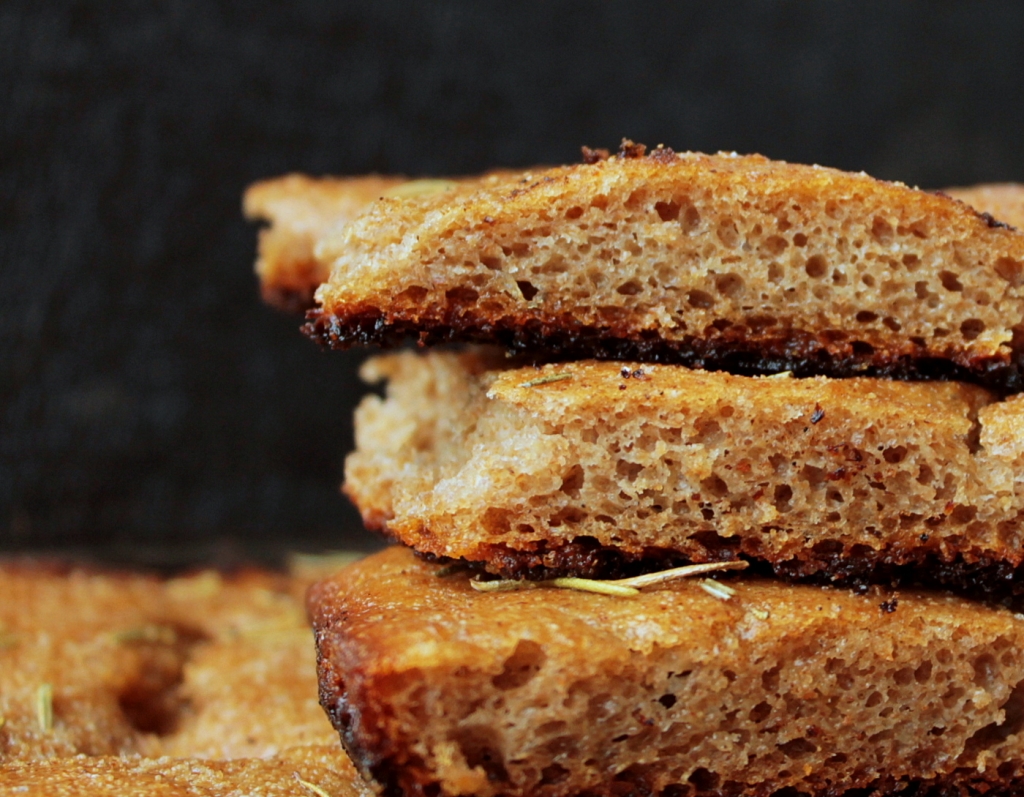
With 50 pounds of rye flour on the way I began doing some research; what exactly could I make with rye flour besides fluffy loaves filled with white flour and caraway seeds? Turns out, there weren’t a whole lot of recipes on the internet for 100% rye baked goods. There were a few loaves – delicious in their own right – but I was looking for some variety.
Without much in the way of outside information I took to the kitchen and churned out some pretty sad, gummy, and unappetizing baked goods, at first. After some practice and some research on the properties of the rye grain we started with a No-Knead Sourdough Loaf. Then there were Fluffy Sourdough Pancakes. A Sourdough Rye Pie Crust soon followed and then some Biscuits, Noodles, Tortillas, treats, and more sourdough loaves. All of these were made with my beloved sourdough starter. As I later found out, the acidic properties of a sourdough starter are helpful in taming the gumminess inherent in the rye proteins.
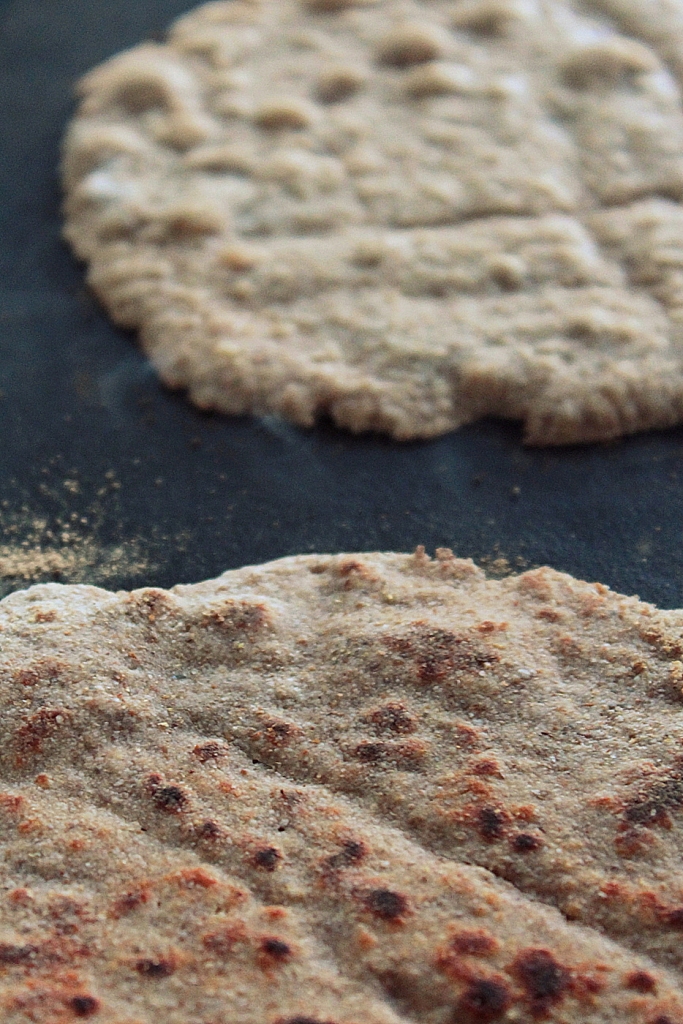
A collection of 100% rye sourdough recipes was beginning to take shape and we thought maybe I’d put together a cookbook of core recipes for the home cook. In the time since there has been illness, a sweet new baby, a broken laptop, and then a broken camera. That was a year-and-a-half ago; it seems I was not to finish this book then.
While my husband Stewart recovered from severe adrenal fatigue, and sweet baby Ruthie grew, I kept preparing these breads for our family. I found new tricks and recipes that worked for our hectic, unpredictable off-grid life. I developed a few honey-sweetened rye sourdough treats for our family and community celebrations. We replaced the camera and computer, baby Ruth just marked her first year, and Stewart is up and around and back-at-it in a way I thought I’d never see.
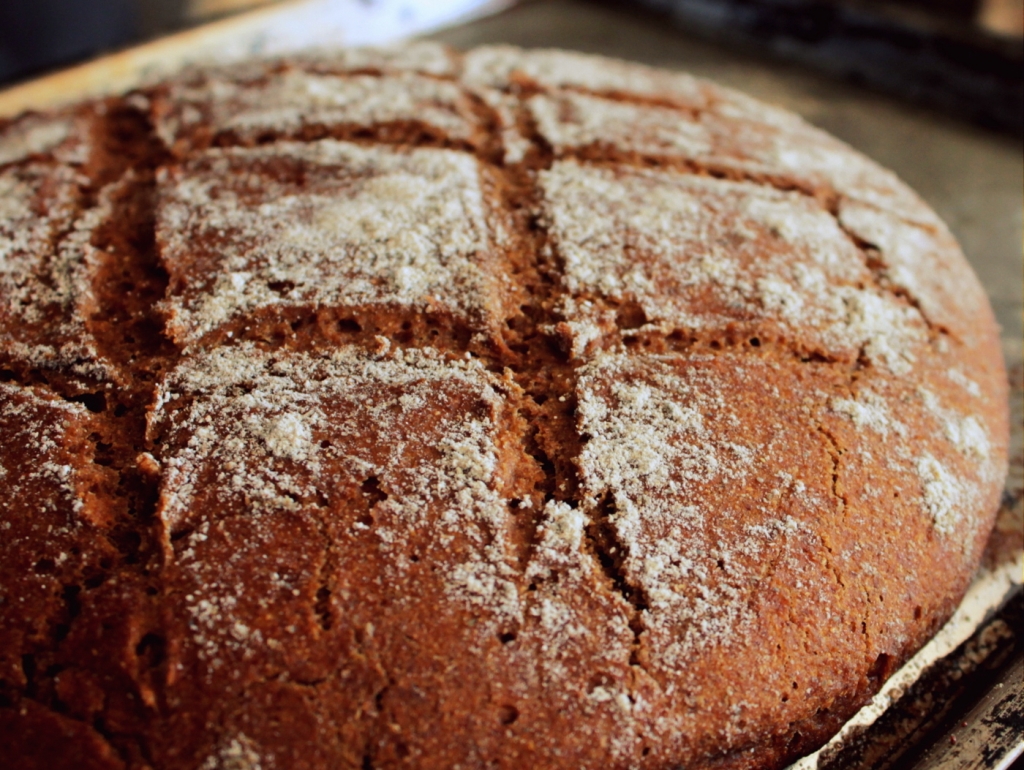
We worked on other ways to bring you these recipes – through a publishing deal or maybe in a larger collective further down the road. But it just didn’t seem to fit these recipes, our life, or how we’d like them to be brought to you.
And so we give you this book of core recipes that can get you baking everyday loaves, honey-sweetened treats, and wheat-free snacks. All of the recipes are soured or soaked and have all been tested with a longer 12-24 hour fermentation period. There are also options for skipping those steps, in case you’re simply interested in baking with 100% rye flour and conventional leavening and preparation methods.
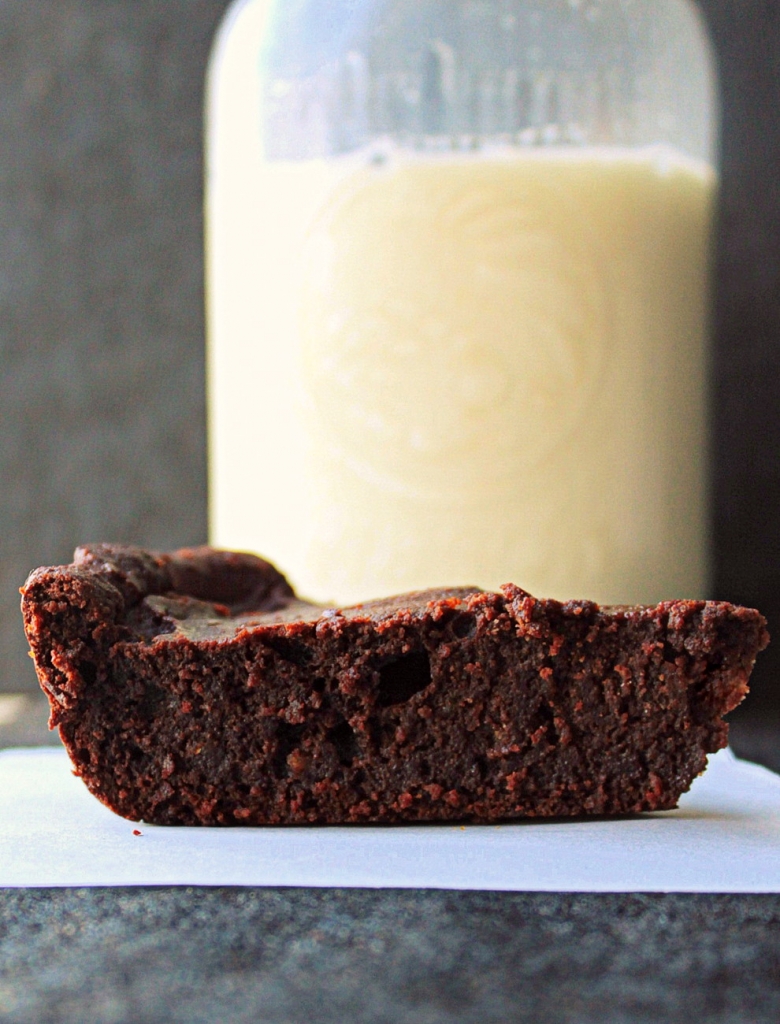
This is a collection of well-loved recipes from our home kitchen, part of a larger collective of recipes to encourage the eating of fermented foods every day, and a stand-alone resource for you to use to nourish your own family.
It is my sincerest hope that this book aids you in feeding yourself, and others, well.

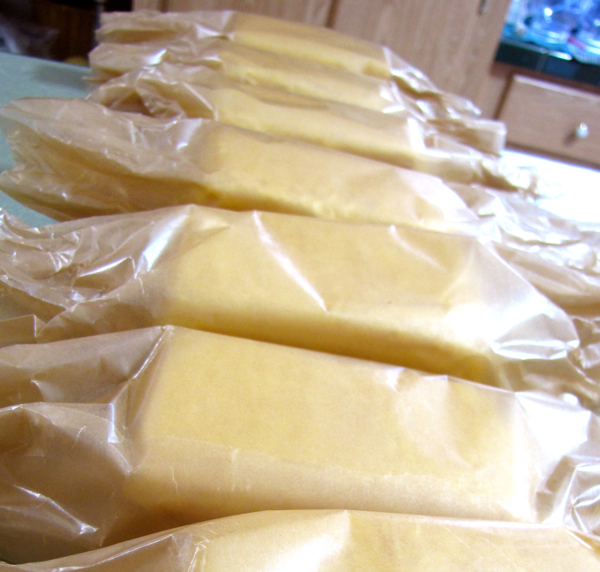
Shannon this is amazing. I have been praying for the Holy Spirit to guide me as to where and what to purchase as far as bread baking goes…I want to only use my starter, and I prefer rye flour and was doing all sorts of research to find good spelt and sprouted flours but we just plain can’t spend a small fortune on flour every month so I’ve stopped baking bread (which is heartbreaking) until He answers me. This morning I got your post in my email and now I have my answer, so I will be buying your book right now. Also, if you don’t mind, please let me know where you are buying your rye flour?? Thank you!
-Bee
Bee – This is precisely what nudged me towards writing this book – on the off chance that someone might need the recipes themselves.
There are three sources for rye flour that we’ve used. The primary one that the recipes were tested on is this organic rye flour I order in bulk from amazon: http://amzn.to/1AdiHTM
The second one that I’ve used in the past and is a bit cheaper per pound is a 50 lb bag from Honeyville: http://shop.honeyville.com/medium-rye-flour-50lb.html
The other source I like to check with is Tropical Traditions, though I’m not sure they currently carry bulk rye flour.
The other option, of course, is to grind rye berries which I’ve also done.
Thanks for your comment and support!
Shannon,
I just purchased your cookbook and after a quick thirty minute browse – I am so looking forward to trying it all! And it’s RYE! 🙂 – I don’t comment much… but I read your posts and love them… and ofter read them aloud to my whole family.
Blessings!
Does the ebook contain instructions on how to make a sour dough starter?
Thank you
Ronniie – Yes, it does. 🙂
Shannon, congratulations are in order, seems like it was all in the Lord’s timing doesn’t it.I made spelt waffles for breakfast, so I understand your love of that grain. I can’t wait to try out your delicious looking recipes. I’ve been wanting to get into soaking. We already bake a lot of our bread with sourdough, but I haven’t felt comfortable with the soaking. Hopefully with your instructions I will.
I had the privilege and great pleasure of tasting a few of Shannon’s test kitchen recipes and I can vouch that they are absolutely delicious!! I always look forward to eating whatever Shannon is making. The book includes not only great recipes but is also packed with very easy-to-understand, helpful and educational information. I highly recommend it!
Susan,
That’s very kind; thank you!
Shannon,
Thanks for the wonderful book. I have read through the first half and I have a few questions:
1) I buy my grain and then grind it myself. I often finely sift the flour to remove the bran in order to get a fluffier bread. Are you buying rye that has the bran removed? Partially or fully?
2) Are you using rye flour that has been sterilized? I have found that when I make sourdough starter with my freshly ground rye flour it gets off-flavors after a few days. However, when I make sourdough starter from white flour it never gets off flavors. The commercialized white flour has be sterilized (from what I have read and understand). I have considered sterilizing my rye flour in the oven.
3) Can I use home grown fresh garlic instead of garlic powder? (I have experienced that adding garlic powder to bread dough changes the texture quite a bit.)
Thanks in advance,
Rebecca
Hi Rebecca,
Thanks for your comment and I’ll answer your questions below:
1. I have used “medium” rye flour for all of the recipes in this book. I have purchased this organic brand of rye flour most often: http://amzn.to/1zED2xO. This flour is akin to whole grain, freshly ground rye flour or a lightly sifted rye flour. This site has a great explanation of the various types of rye flour: http://wholegrainscouncil.org/node/7143/print
2. I don’t know that the flour I have used has been sterilized. I looked on Great River Milling’s site and didn’t see anything about it. I have heard various theories on using freshly ground vs. store bought flour for starters. I’m guessing the enzyme activity of freshly ground flour is much higher than its store-bought counterpart, which would definitely change the nature of the starter.
3. Yes, fresh garlic should work well, though I wouldn’t recommend sprinkling on top of the dough for the focaccia as it may burn. Instead, sub in 1 clove of garlic for every 1/2 teaspoon of garlic powder.
Hope that helps!
Shannon
New question! I mixed the first part of the foccacia last night and my dough is doing nothing. I ordered the same flour you did rom amazon…I know sourdough is so subjective I know. I’ve been using it for years, but the dough seemed so dry to me last night I guess I wasn’t surprised when nothing had happened by the morning. So 3c flour, 2c (bubbly, active) starter, and only 1c water…that is correct? What would you do in my circumstance? Add water and re-mix?
Bee – I emailed you a bit ago but wanted to respond here as well and say that there should be a correction for the Sourdough Focaccia recipe. It should read 3 cups flour, 2 cups starter, 1 1/3 cup water. So, add 1/3 cup water.
That being said, it is a medium flour you are using, correct? And what is the hydration and texture of your starter? I see on your blog that you’re a regular wheat sourdough baker… is your starter a rye starter?
I’m happy to help troubleshoot and we will be correcting the recipe in the book and sending out a revised edition. Thank you so much for bringing this to our attention!
Shannon thanks:) I somehow intuitively knew it needed water and added about that much and re-mixed. It seems to be rising a touch now. You know, I don’t ever do anything exactly as it should be done and so although I did use a rye starter, I didn’t give my starter time to properly acclimate to it’s new ‘100% rye-ness’ before throwing it into action. I just read your FAQ’s on this book and realize that, although the flour used is the kind you recommend from amazon (and not freshly ground), I still probably added a whole new strain of bacteria in there and my starter-although bubbly when I mixed-could be a little confused. Who knows. I’m going to force the focaccia to do something and I’ll mix your rye boule up tonight. Thanks for the attention to detail! I’ll let you know how it all pans out.
-Bee
UPDATE:
I took a leap of faith since the dough seemed to be so slow at the 24 hour mark and added in the honey, etc. I think that sweet livened the starter right up and it doubled in size in the pan fairly quickly. We had some delicious focaccia last night, and my husband who isn’t much of a rye fan said it wasn’t too strong-as he had feared-and he liked it. Thanks!
Hi Shannon, İ ve got your cookbood and it is very usefull, Looks great and gives a lot of inspiration. Thank you! What kind of rye flour do you use? is it whole flour? Can İ multiply the sourdough starter without discarding? Thanks again.
I found this cookbook online and just love it! We have made one of the breads, pancakes and the chocolate cake for my birthday. I cannot eat wheat but my partner can. Now that we have been making our own fresh bread every week her much prefers the taste of rye. It is so much more flavorful and filling. All I need is one piece. Friends came to share the cake on my birthday and said it was one of the best they have ever had! I am writing because I put a couple pieces in the freezer and took it out this morning. It had thawed for the day and when I ate it, it was still so moist and delicious! I was so excited to enjoy it again. We are looking forward to making many more recipes. So I want to say thank you for this beautiful book:) With Love from Canada….